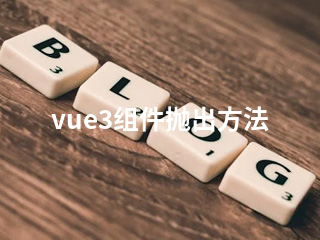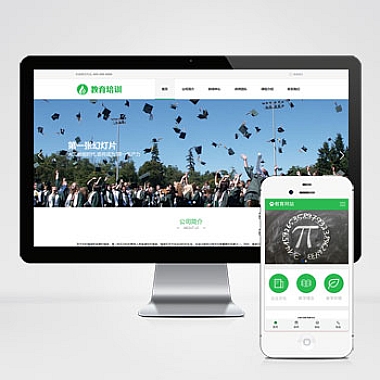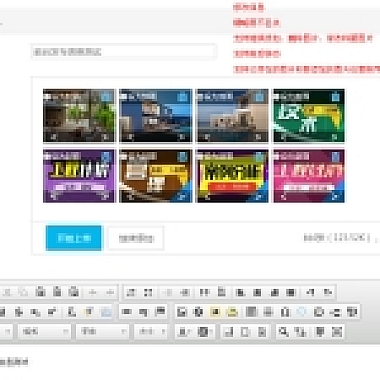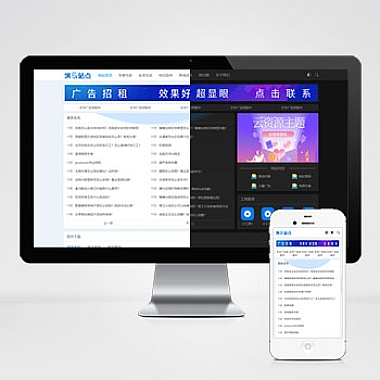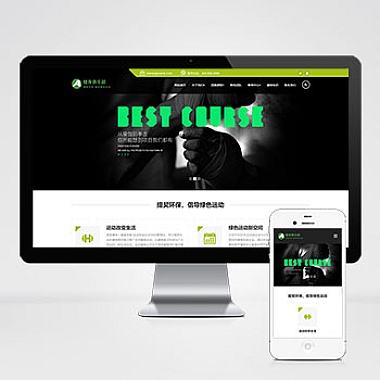vue3组件抛出方法
在Vue 3项目中,组件之间的通信是开发过程中不可避免的问题。当父组件需要调用子组件中的方法时,可以通过多种方式实现这一需求。介绍几种常见的解决方案,并提供详细的代码示例。
1. 使用ref引用子组件实例
ref引用子组件实例最直接的方式是通过ref属性获取子组件实例,然后调用其公开的方法。这种方式简单直观,适用于父子组件关系明确的场景。
解决方案:
- 在子组件中定义需要暴露的方法。
- 父组件使用
ref引用子组件实例。 - 调用子组件实例上的方法。
vue
<!-- ChildComponent.vue --></p>
import { defineExpose } from 'vue'
const sayHello = () => {
console.log('Hello from child component!')
}
defineExpose({
sayHello
})
<p>
<div>Child Component</div>
vue
<!-- ParentComponent.vue --></p>
import { ref } from 'vue'
import ChildComponent from './ChildComponent.vue'
const childRef = ref(null)
const callChildMethod = () => {
if (childRef.value) {
childRef.value.sayHello()
}
}
<p>
<button>Call Child Method</button>
2. 使用事件总线(mitt库)
对于跨层级组件通信或多个组件之间通信的场景,可以考虑使用事件总线。Vue 3不再内置全局事件总线,但我们可以使用第三方库如mitt来实现类似功能。
解决方案:
- 安装并引入
mitt库。 - 创建一个事件总线实例。
- 子组件触发自定义事件。
- 父组件监听该事件。
bash
npm install mitt
js
// eventBus.js
import mitt from 'mitt'
const eventBus = mitt()
export default eventBus
vue
<!-- ChildComponent.vue --></p>
import eventBus from './eventBus'
const notifyParent = () => {
eventBus.emit('customEvent', 'Message from child')
}
<p>
<button>Notify Parent</button>
vue
<!-- ParentComponent.vue --></p>
import { onMounted, onUnmounted } from 'vue'
import eventBus from './eventBus'
onMounted(() => {
eventBus.on('customEvent', (message) => {
console.log(message)
})
})
onUnmounted(() => {
eventBus.all.clear()
})
<p>
3. 使用provide/inject
对于祖代与后代组件之间的通信,或者共享状态管理,可以使用provide和inject。这种方式适用于多层嵌套组件间的通信。
解决方案:
- 祖代组件通过
provide提供方法。 - 后代组件通过
inject注入并调用该方法。
vue
<!-- GrandparentComponent.vue --></p>
import { provide } from 'vue'
const greet = () => {
console.log('Hello from grandparent')
}
provide('greet', greet)
<p>
vue
<!-- ChildComponent.vue --></p>
import { inject } from 'vue'
const greet = inject('greet')
<p>
<button>Greet from Grandparent</button>
以上三种方法各有优劣,选择哪种取决于具体的应用场景。通常情况下,推荐优先使用ref方式,因为它更符合Vue的响应式设计理念;而对于复杂场景,则可以考虑结合使用其他两种方式。
